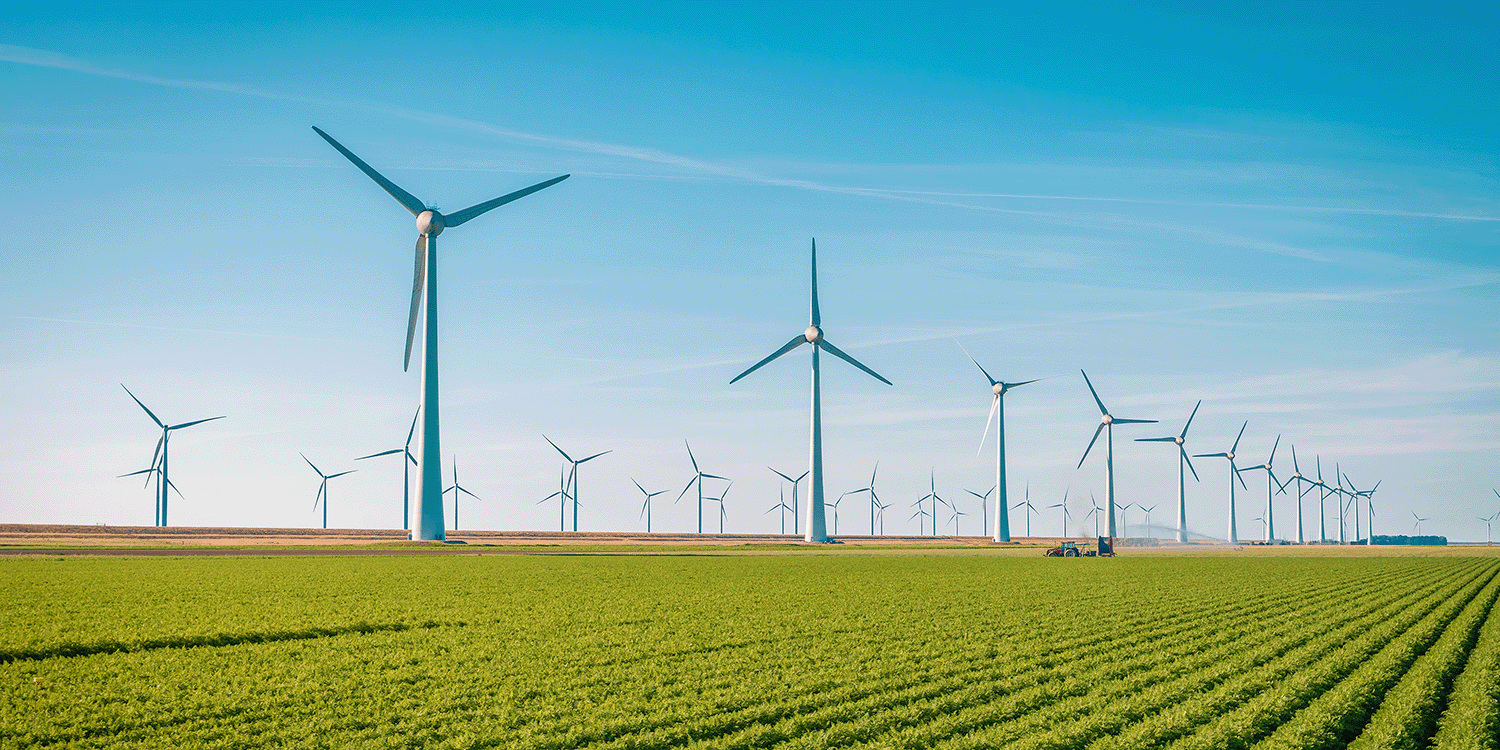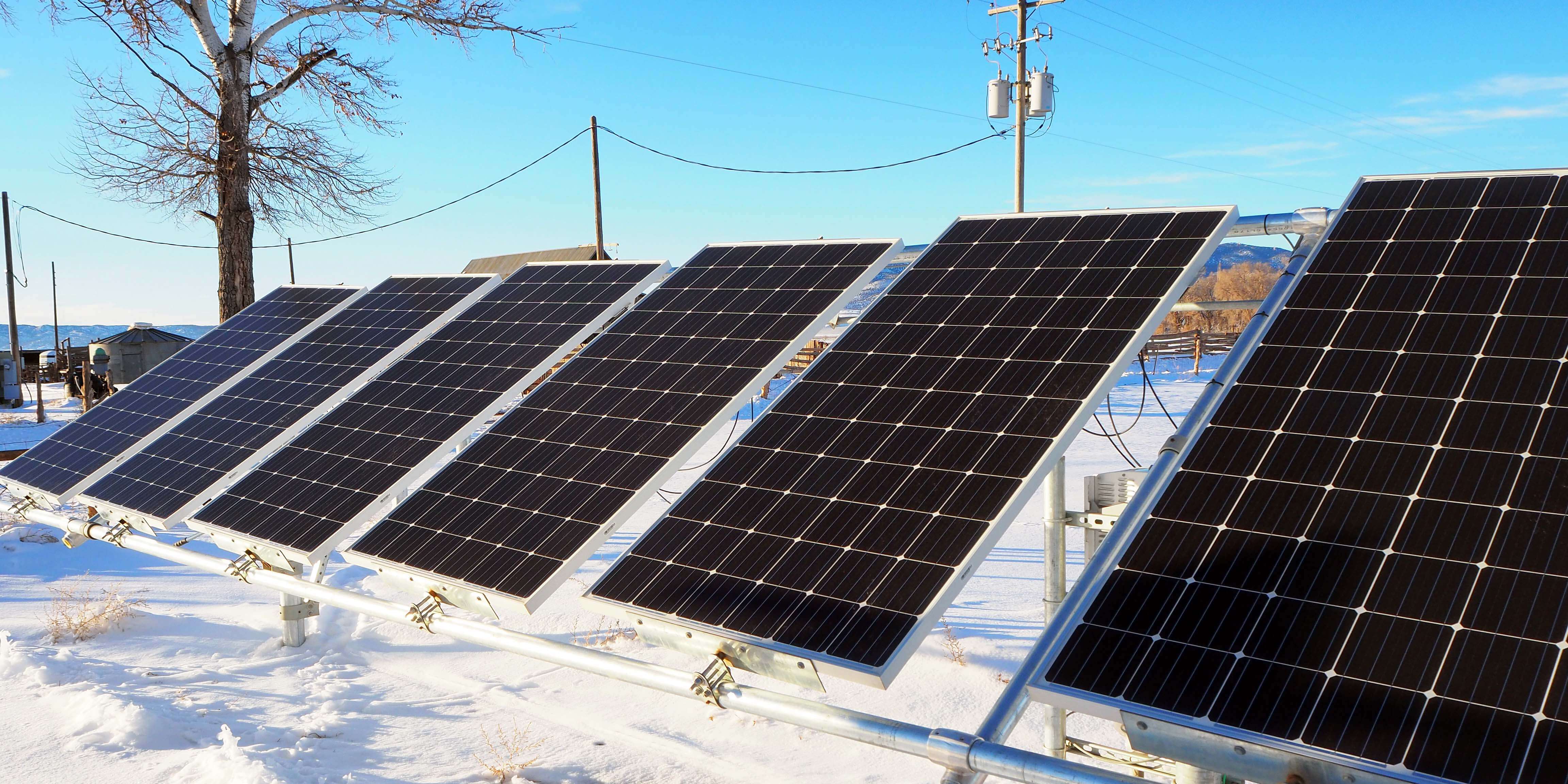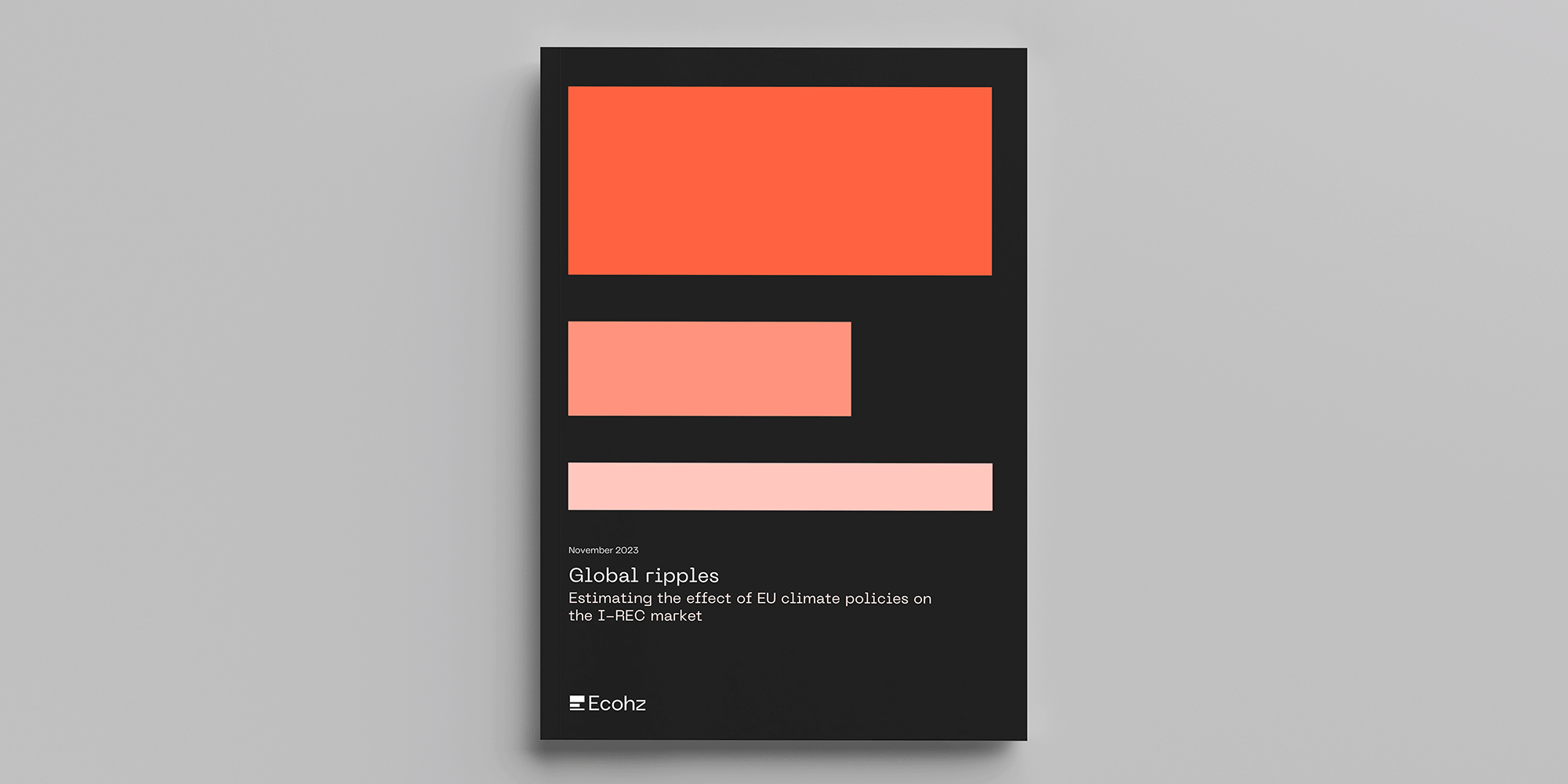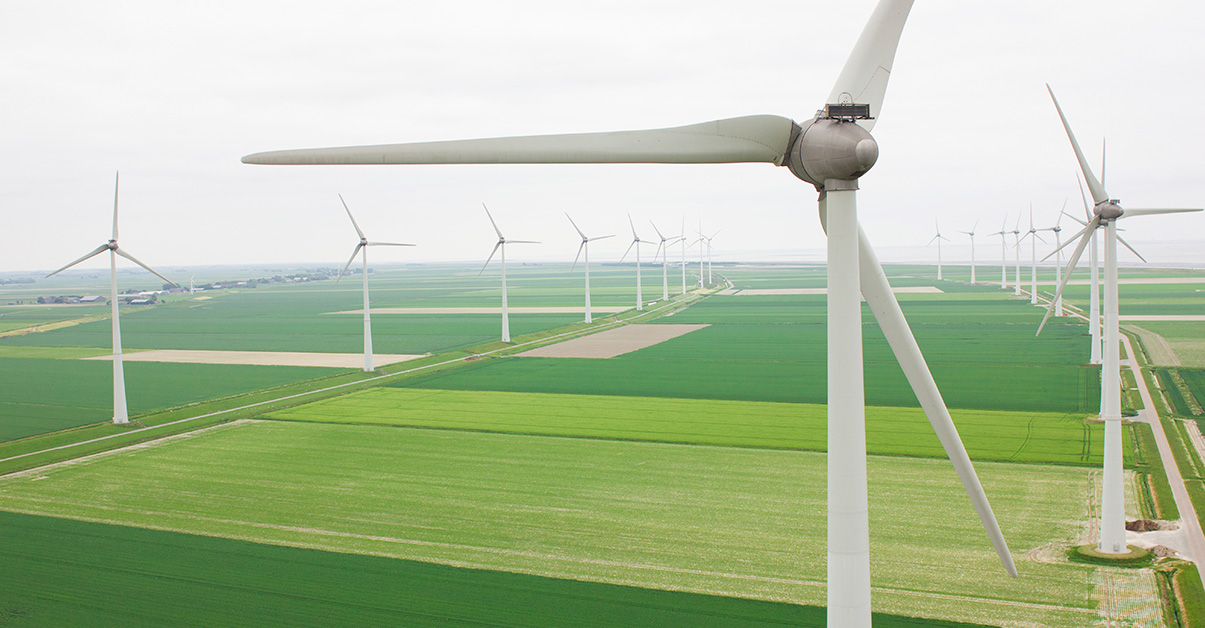When should corporates choose I-REC as their renewable energy solution?
In most countries where I-RECs are issued it is impossible or very complex to enter into PPAs or other documented renewable physical supply contracts. I-RECs are therefore often the only feasible solution for companies wanting to switch to renewable energy.
I-REC is a global standard that builds on the best practices of the North American REC market and Europe’s Guarantees of Origin system. It is an effective and recognised tool for documenting renewable electricity consumption for your operations and improve your sustainability rating.
The International REC Standard is complementary and not competitive – meaning it is only available in countries where there is no other market-based tracking system. Two good examples are Japan and Australia, which have their own national tracking system. I-RECs will not be used in these countries.
Where are I-RECs available?
I-RECs are issued in over 60 countries. New countries join the system regularly, expanding the availability of documented renewables.
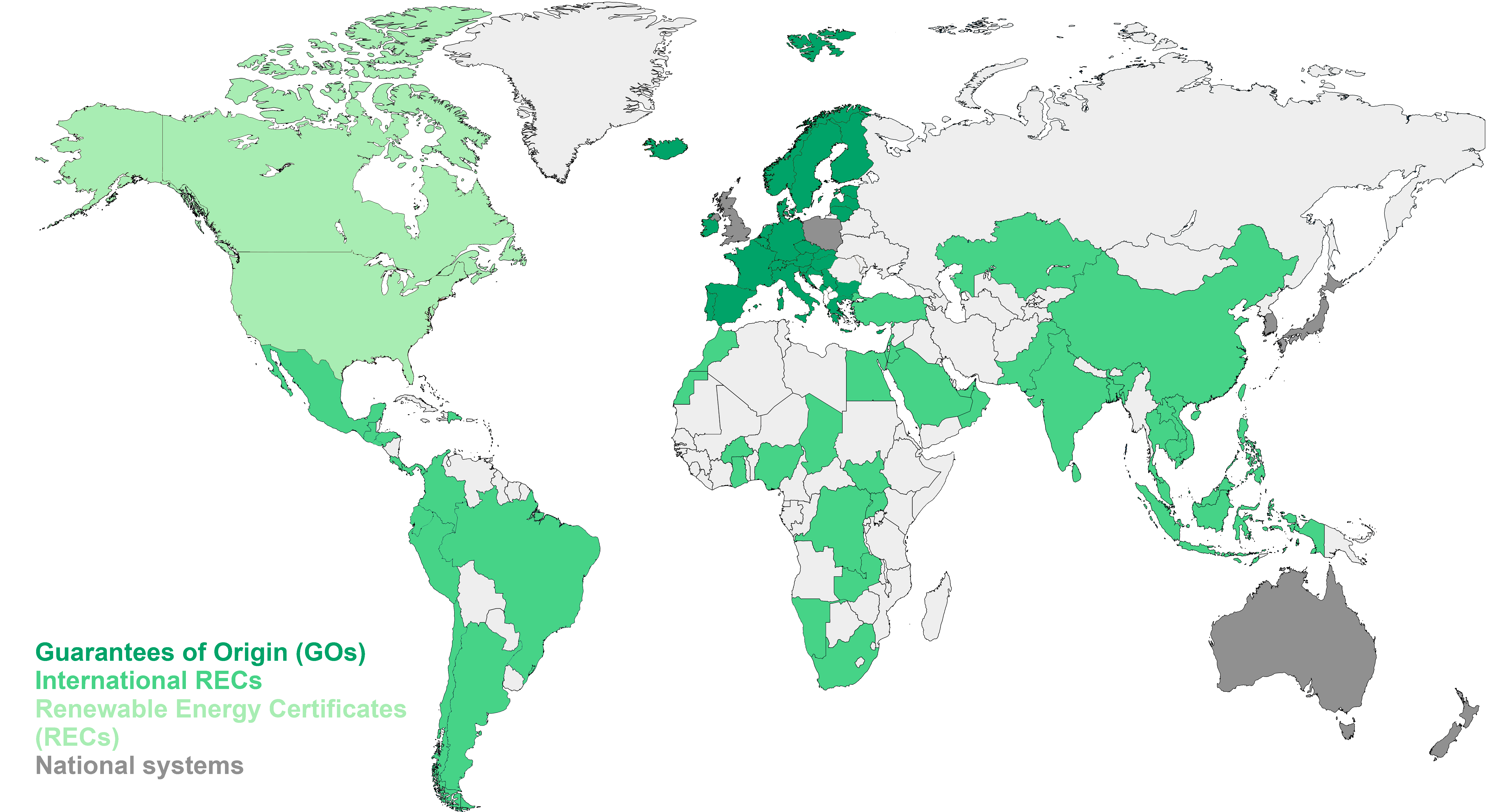
What is the purchasing process of I-RECs?
When sourcing the right I-RECs for any company, it is important to follow a transparent and open purchasing process that guarantees the delivery of an optimal energy mix.
At Ecohz, we simplify how companies procure clean energy by following a four-step procurement process:
1) Defining needs: Based on a company's location and volume of consumption, we discuss how to reach renewable energy ambitions.
2) Offer: The company receives an offer for I-RECs with a specific rate and expiry date.
3) Contract: Once the offer is accepted, Ecohz delivers a standardised contract.
4) Delivery: Ecohz provides an invoice and documentation for reporting.
Ecohz does not offer I-RECs from projects that issue carbon offsets for the same MWh. The only attributes Ecohz sources are the reduced emissions that come from producing and consuming renewable energy, which are documented by Energy Attribute Certificates such as I-RECs.
What is good practice for I-REC sourcing?
There are different criteria for “good” practice relative to the purchase and reporting of I-RECs.
The Greenhouse Gas Protocol (GHG-P) is the most referenced framework. It provides a set of guidelines for sourcing renewables and reporting consumption, but leaves room for flexibility on how to report. The GHG-P in many ways sets the scene for other guidance references, such as CDP, RE100, and the Science Based Targets initiative.
In 2021 CDP had around 13,000+ responding companies reporting in detail their energy use. The CDP questionnaire is adopted by practically all major corporations. Respecting the CDP recommendations and achieving a high CDP score is an important reference for most companies.
The RE100 guidance is more restrictive than CDP. RE100 expects members to be leaders and go further. The guidance gives categoric recommendations on what is accepted for their members’ reporting of renewable energy consumption.
Common to all the references is the need to respect certain quality criteria such as vintage, attribute ownership and avoiding double counting.
What to do if a country or renewable energy power plant is not I-REC registered?
Often, our customers have operations in countries that are not approved for I-REC issuance. Our advisors work with them to offer an alternative solution that goes in line with global corporate sustainability standards.
Alternatively, if a specific renewable power plant is not verified for I-REC issuance, Ecohz can carry out the necessary process to register it the appropriate system.
For more detailed insight contact us
Ecohz maintains a global portfolio of I-REC power plants, with the ambition of providing multinational companies with a wide selection of options covering most regions in the world.


.png?width=3840&height=2560&name=Sun(1).png)

.png?width=3840&height=2560&name=Landscape_2(1).png)

